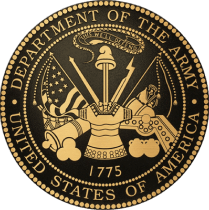
Veterans Network
22nd Military Police Battalion (CID)HQ, US Army Criminal Investigation Command (USACIDC)
22nd Military Police Battalion (CID), HQ, US Army Criminal Investigation
Command (USACIDC)
If You Served In This Unit,
Reconnect With Your Service Friends Today